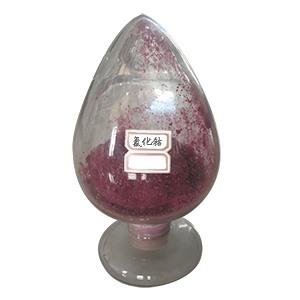Cobalt transportation requirements and its impact prevention and control
Cobalt is a relatively reliable chemical element. It has been widely used in industrial production and medical and aesthetic industries. However, it has an impact on the body and is listed as a carcinogen by WHO. Then, What precautions should be paid attention to in storage and transportation of cobalt, which can be a carcinogen but is very unusual?
Storage and transportation:
It is necessary to carry out transportation according to the corresponding requirements of flammable and explosive dangerous goods. In summer, it is necessary to carry out transportation in the morning or at night, so as to prevent the exposure of the sun, and during the transportation process, there should be no excessive collision, and fluctuations should not be used with epoxy curing agent. Transported by the same car. During storage, be sure to maintain dryness, heat insulation, natural ventilation, no direct sunlight, and a natural environment where the temperature is below 25 degrees Celsius.
Health Effects:
Cobalt dust can cause "hard metal disease" (hard metal disease), mainly manifested as allergic asthma, dry cough, dyspnea, occasional chemical pneumonia (interstitial pneumonia), pulmonary edema, etc. Symptoms will gradually ease after exposure. CoO can also trigger asthma.
The effect of this element on the skin is mainly allergic or irritant dermatitis. The exposed skin has erythema and slight itching. It is common in the hands, wrists, forearms and other parts and skin folds. It is more common in summer. In patients with the above skin diseases, a positive skin test can confirm allergy to the substance.
Inhalation of cobalt acetate dust can cause symptoms of acute chemical gastritis, nausea and vomiting, nausea, severe upper abdominal pain, and even hematemesis and blood in the stool.
Impact prevention and control:
In case of accidental ingestion, you need to wash your intestines immediately; if liquid accidentally splashes into your eyes, wash with water or salt water for at least 15 minutes.
CaNa2-EDTA, CaDTPA and cysteine can reduce the toxicity of cobalt and can be used. For dermatitis, acetic acid and urea cream ointment can be applied locally. Patients with chemical pneumonia and pulmonary edema should be treated with glucocorticoids.


